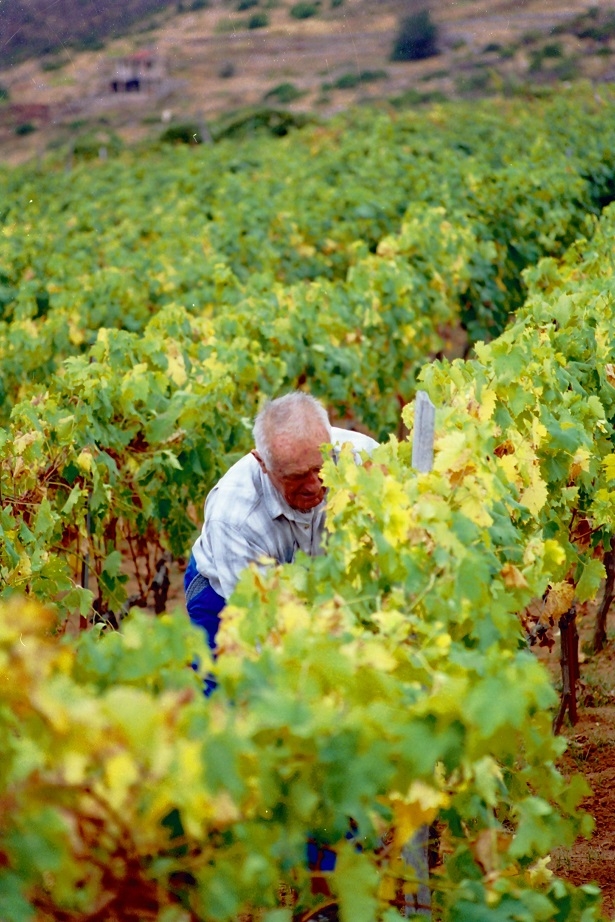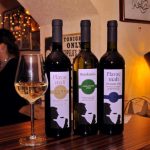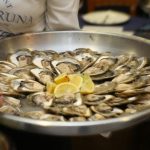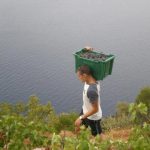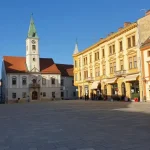The best rated wine of this year’s Dubrovnik FestiWine, Pošip 2016 by the Bačić family winery from Blato on Korčula Island will not dance for only one summer. There is a ripeness in it, also freshness, its taste is long lasting and it will make more progress, as the tasting showed at the fourth rating of the fourth season of Wine Stars. Pošip Veliki is the full name of the variety which stems from Bratkovina Bijela and Zlatarica Blatska. Both of those mothers are present only on Korčula, which goes along well with the story that a farmer Marin Tomašić found in 1864 in Stiniva canyon a wild vine he liked so he planted it in his vineyard. He proliferated the vines and shared them with neighbours, naming the variety Pošip as it has elongated grapes similar to šip, the Korčula name for the tip of the pickaxe.
It should be noted prof.dr. Nikola Mirošević does not believe in this, a Korčula native who headed for years the Institute for Viticulture and Winemaking of the Zagreb Agronomics Faculty. He says there are earlier records of Pošip. But it is certain Pošip is among the most potent Dalmatian white varieties. Best results with it so far have been made by Luka Krajančić and I am certain he is pleased the wonderful Pošip wine came from Blato, a town known more for red than white wines. It is also pleasing the Bačić winery proved its worth also with the Cetinka 2016 fine aromatic wine. It is fresh, has fullness, is pleasantly bitter and also long-lasting in the mouth.
Cetinka is another indigenous Dalmatian variety, but its exact origin is not known. An assumption is that it was given its name by the Korčula family Cetinić, the other is that it was brought over from the banks of the Cetina River. It is a shame no one deals with the parents of Pošip, Bratkovina and Zlatarica. Bratkovina is also called the Pošipica, as if to confirm the maternal connection, also connected to another Korčula specialty, the Grk variety. This variety of Lumbarda has a functionally female flower and needs a ‘man’ in the vineyard. It is usually Plavac Mali, but Bratkovina was also known to be used. Pošip’s mother thus became Grk’s lover. There is also no wine from Pošip’ other mother, Zlatarica. Its genetic profile was compared and wasn’t found anywhere o Korčula. It was also proven that Vrgorac Zlatarica is a completely different variety.
Zlatarica can be found in bottles and is worth tasting. Recently four of them were presented in Zagreb. They are made by wineries Grmoja, Gašpar, Pilač and Prović. The latter from 2016 is called Livija and is a pleasant, soft win with fruit-flower taste, salty, with light bitterness, for fatty fresh water fish.
If we can’t taste both mothers of Pošip to compare with the child, we can do so with Plavac Mali and both of its fathers. Several years ago in the Stina Vina cellar in Bol we were walking by three barrels. In the first was Plavac Mali, the second Kaštela Crljenak, the third Kaštela Dobričić. Naturally we tasted all three. Although they were far from complete wines, the Plavac proved to be best. It seems the fine, but sensitive Crljenak and the rough, but solid Dobričić combined to make a child which gained the best from both fathers. It has been proven that Belina, an old Croatian variety, is the same as Gouais Blanc which the Germans call Heunisch Weisser, and together with Pinot Noir it is the parent of Chardonnay and another 15 French varieties. Mixing with other varieties the Zagorje Casanova also produced Frankovka, Riesling and Moslavac.
For the original and more from Vino.hr blog on wine, click here.

